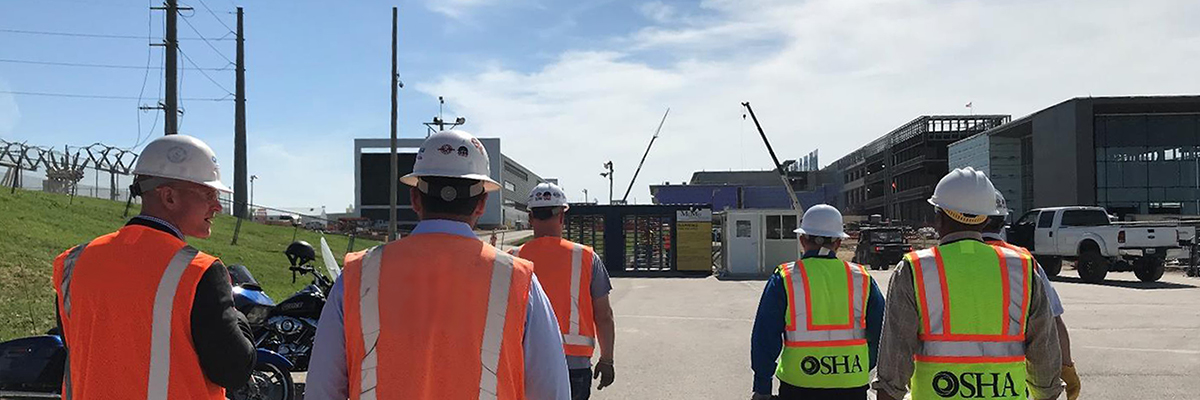Enforcement

OSHA sets enforcement policy and targeted inspection programs, and responds to fatalities, catastrophes and complaints.
Inspections and Penalties
- About Inspections
- Targeted Enforcement
- Penalties

OSHA sets enforcement policy and targeted inspection programs, and responds to fatalities, catastrophes and complaints.